Here are 5 things that I've learned while leading photography workshop experiences in Italy:
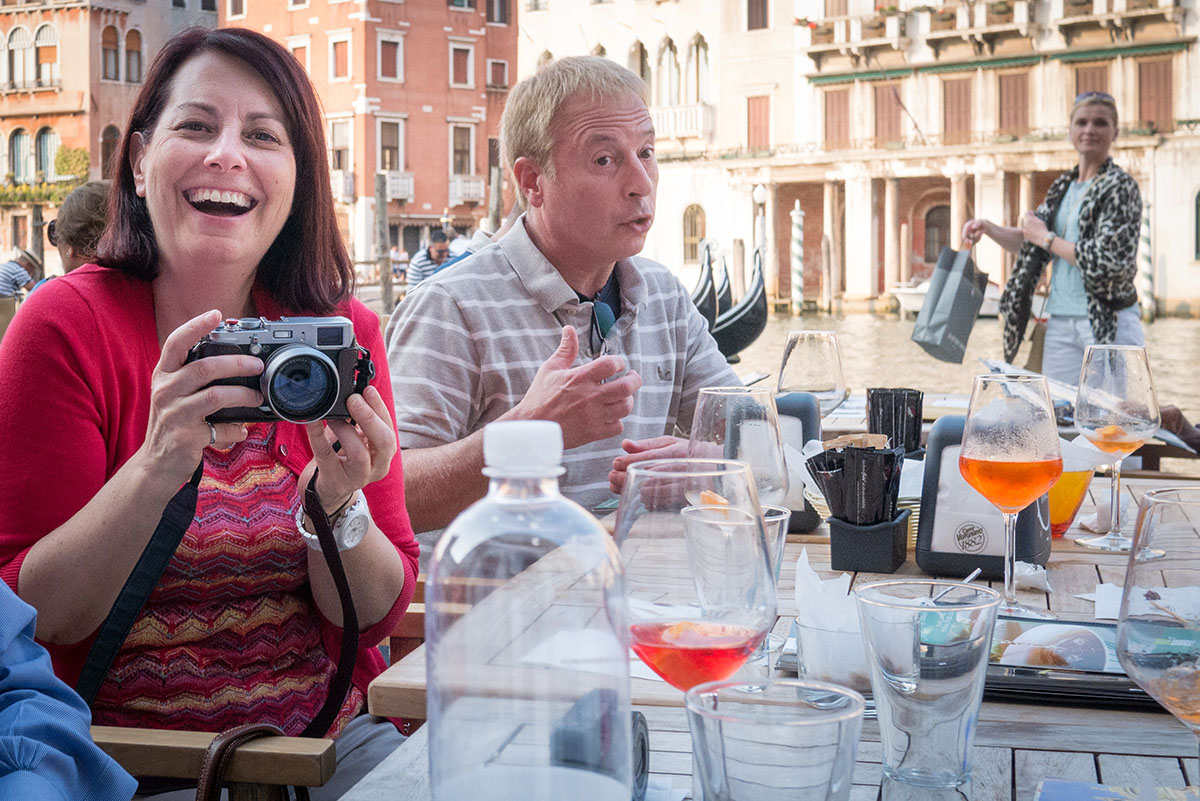
1: Community Is Key
Keeping my groups to just 7 students means that everyone gets to know each other well, which means that sharing vision, insights, tips and more comes easily. That sense of community is built equally well in the field as we photograph together or over a glass of wine after the light fades.
This environment is a fertile ground for restoring creativity and creating a new foundation for our creative lives.
(photo: a workshop group in Venice)
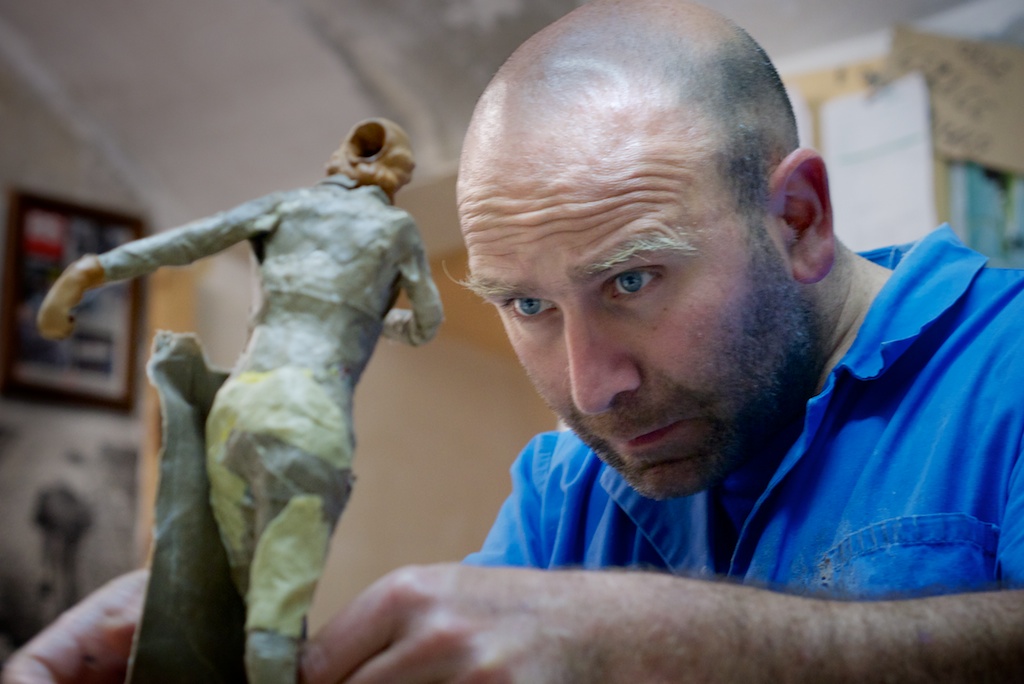
3: Immersion Creates Intensity
My workshops aim to immerse participants in both photography and Italy, allowing them to get a sense of both culture and place and, in turn, a sense of how to photograph them. That immersion in craft and culture creates an inherent intensity of experience.
Your camera is in hand every waking moment and, because we base all of the workshops in towns and cities (with frequent trips to the countryside), Italian culture is literally at our doorstep.
We live photography while we are living in Italy.
(photo: a papier-mâché artist in Lecce, Puglia)
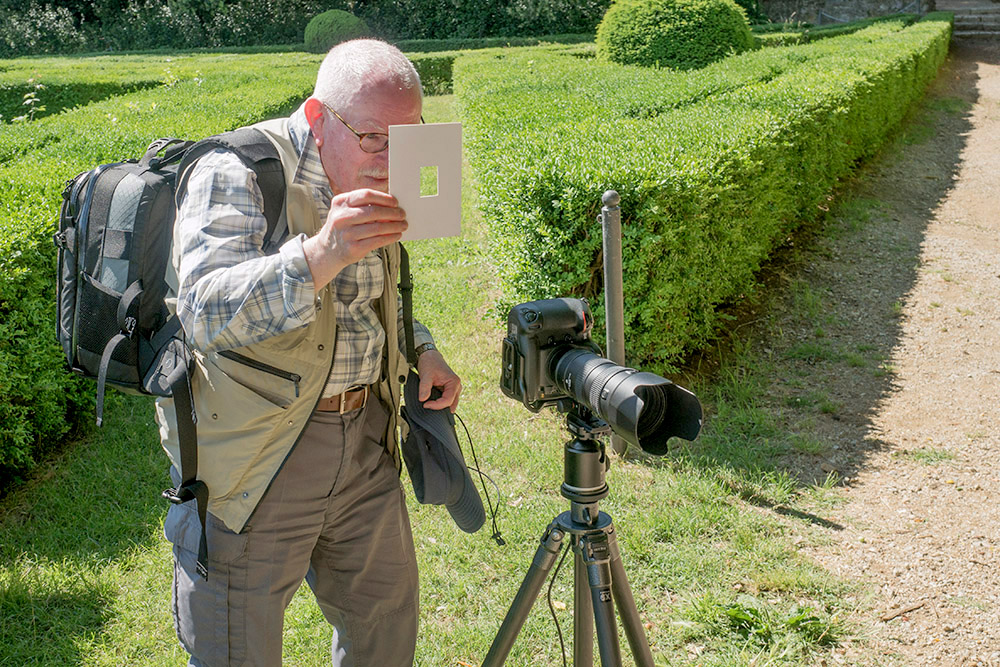
2: Slow Is Good
The pace of Italian life tends to be slow - or at least slower than what most of the rest of the world puts themselves through every day. Slowing down means that we get to see more. Many travelers try to do so much in each day that they don't get a sense of where they are or what it really feels like.
The itineraries that I set for the workshops leave time for wandering, contemplating, exploring and thinking about what our photographs mean and how they communicate that meaning. Slowing down is one of the keys to making great photographs.
(photo: a workshopper frames up a photograph with his "Curtometer")
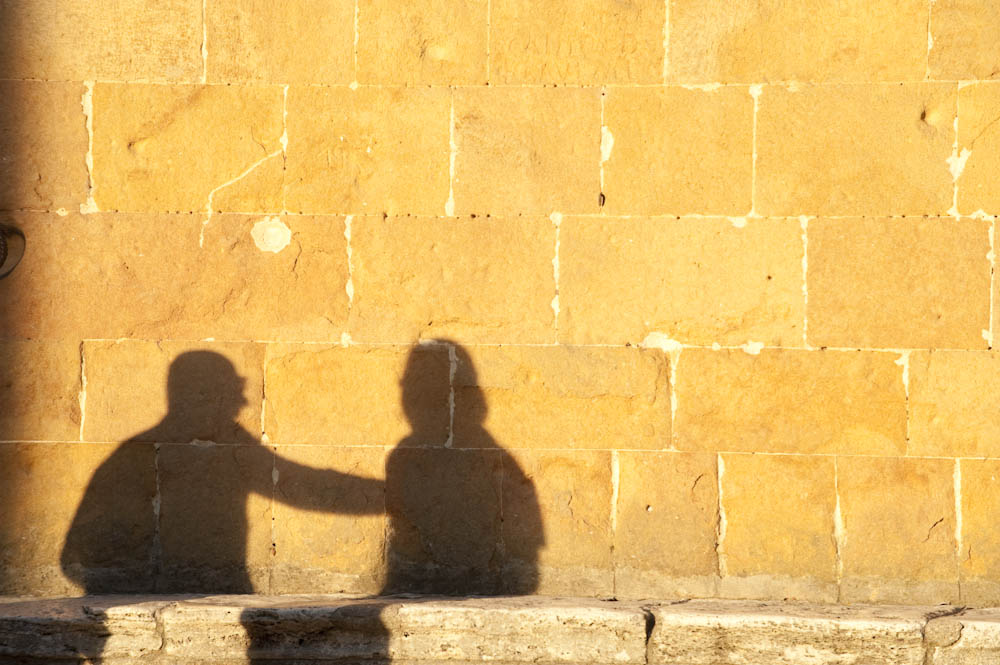
4: Storytelling Creates Focus
By getting students to think about story when they make their photographs, and using a variety of instructional strategies to get them there, the photographs they make are better, clearer and more personal statements than if they just shoot whatever they see. Together, we use our cameras to create stories that have a beginning, a middle and an end - and that makes all the difference in the quality of images that students make.
(photo: great stories can be told with a sequence of images - or just one)
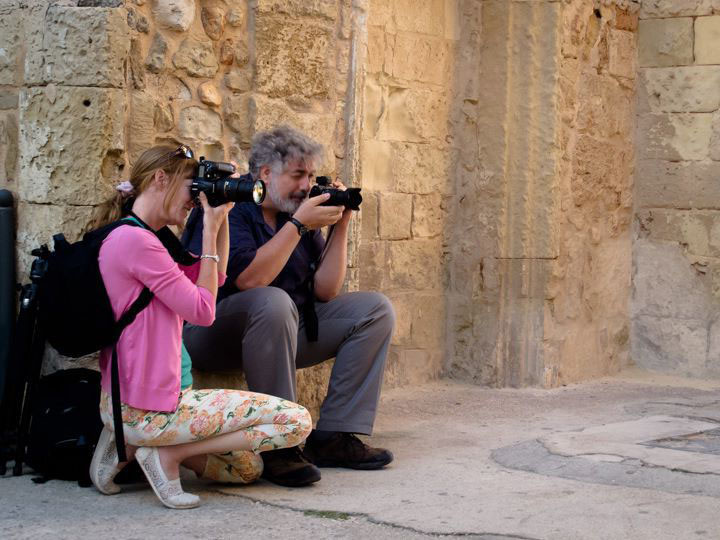
5: The Classroom Is Everywhere
Though I have taught photography for more than 35 years, most of my experiences were in a classroom with desks and chairs.
In Italy, my classroom is everywhere - in a hill town, in a vineyard, at breakfast or anywhere we happen to be. My workshop students get to have the experience of making photographs, looking at those photographs and then making more photographs- ones that are informed by the experience of looking, critiquing and guiding.
(photo: Jeff working with a workshopper on composing an image)

